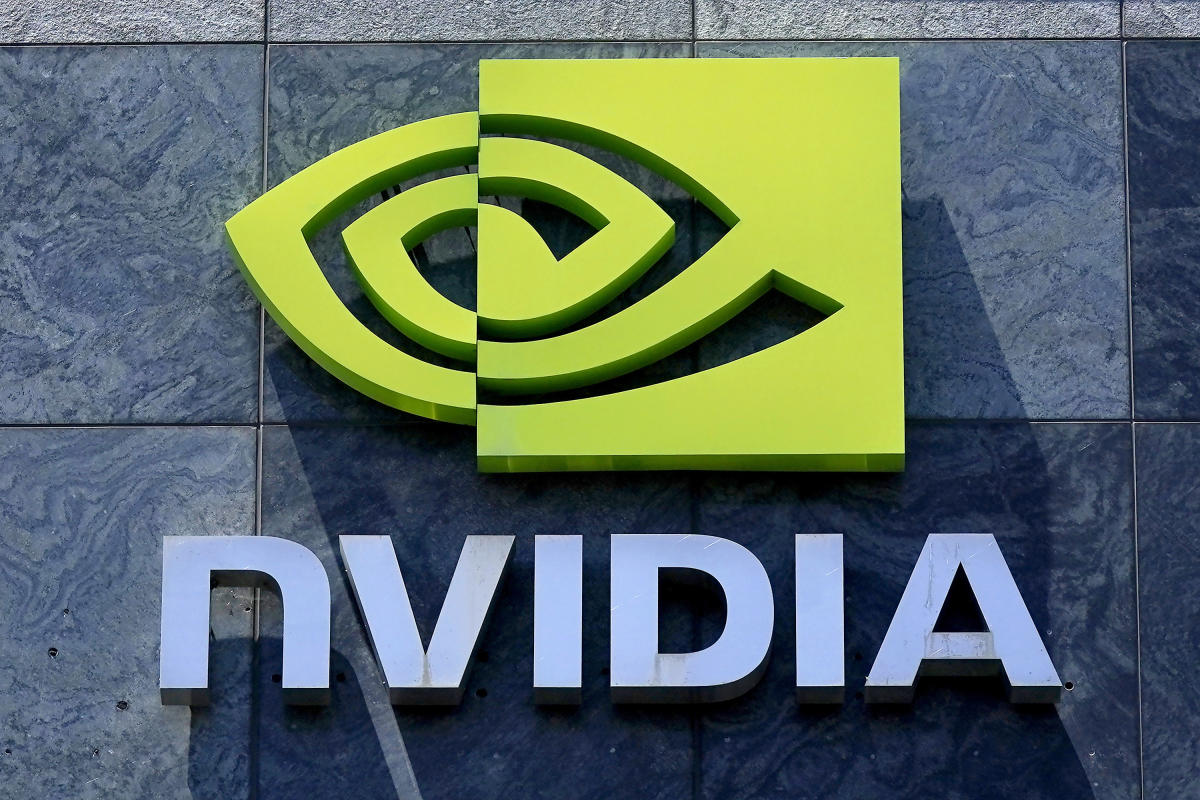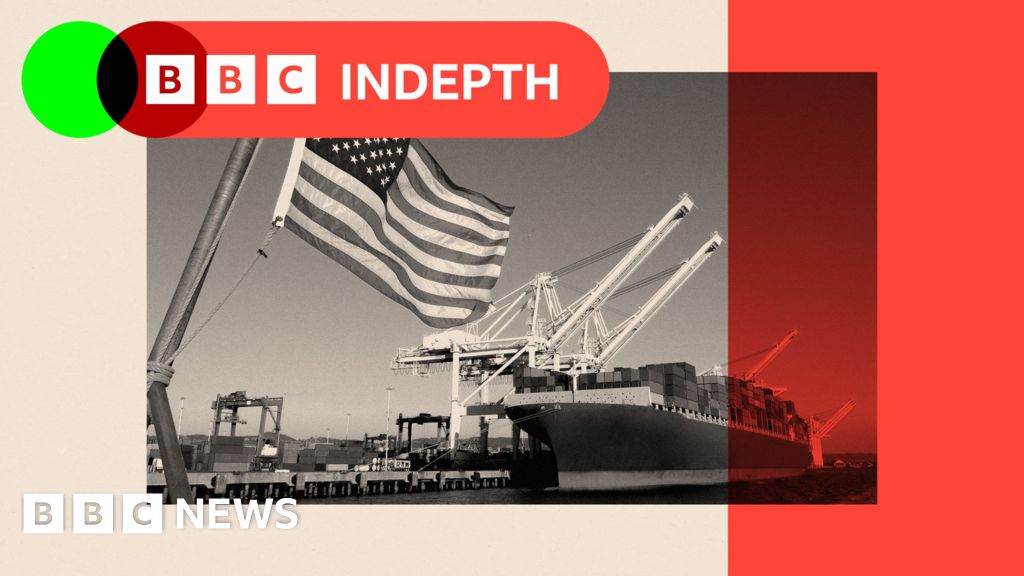Last week, the emergence of a new AI model from China’s DeepSeek sparked investor concern that the AI spending boom may cool off as companies find cheaper ways to fulfill their AI goals.
This spawned a massive sell-off in Nvidia’s (NVDA) stock, with the prevailing thought being that companies may not allocate as much spend to Nvidia’s expensive AI chips. But as Big Tech earnings have rolled on, few signs have emerged of a spending slowdown.
The most recent example came on Tuesday night, with Alphabet (GOOGL GOOG) saying it plans to lay out $75 billion in capital expenditure in 2025. That’s above Wall Street analysts’ estimates of $57.9 billion. As Yahoo Finance’s Laura Bratton reported, Alphabet along, with Meta (META) and Microsoft (MSFT) are expecting a cumulative $228 billion in capital expenditures in 2025. This mark’s a a 55% increase from the roughly $150 billion those companies reported spending in 2024.
Fundstrat head of research Tom Lee pointed out that Alphabet’s increase is “a reminder that capex plans for AI and data center spending remain strong, even if one thinks DeepSeek represents a threat to those figures.”
To Lee’s point, shares of Nvidia, a supplier of AI chips to Alphabet, were up more than 4% on Wednesday.
Bank of America analyst Vivek Arya reiterated his Buy rating on the stock with a price target of $190 a share in a note to clients on Tuesday, noting that “cloud capex intentions remain solid.”
“Despite DeepSeek’s supposed “revolutionary” optimizations, there is no change thus far to spending intentions at Nvidia large customers including Microsoft (MSFT) and Meta (META),” Arya wrote. “Nvidia is the leading platform for delivering compute.”
Not all chipmakers were benefitting from the AI spending boom on Wednesday; AMD (AMD) shares slid about 7% after investors were disappointed by the company’s outlook for its data center business.
But Stifel applied technology analyst Ruben Roy told Yahoo Finance that AMD’s stock pullback is more of a near-term, company-specific headwind. In the long run, demand for both companies’ chips still appears strong in Roy’s view.
“Hyperscaler spending on AI infrastructure is continuing to move up and to the right,” Roy said. “And we think that there will be a number of beneficiaries as that long-tailed investment cycle continues. And certainly AMD is one of those beneficiaries in our view. Nvidia, which we like a lot as well, it remains sort of our top way to play AI infrastructure compute, is very well positioned this year.”


